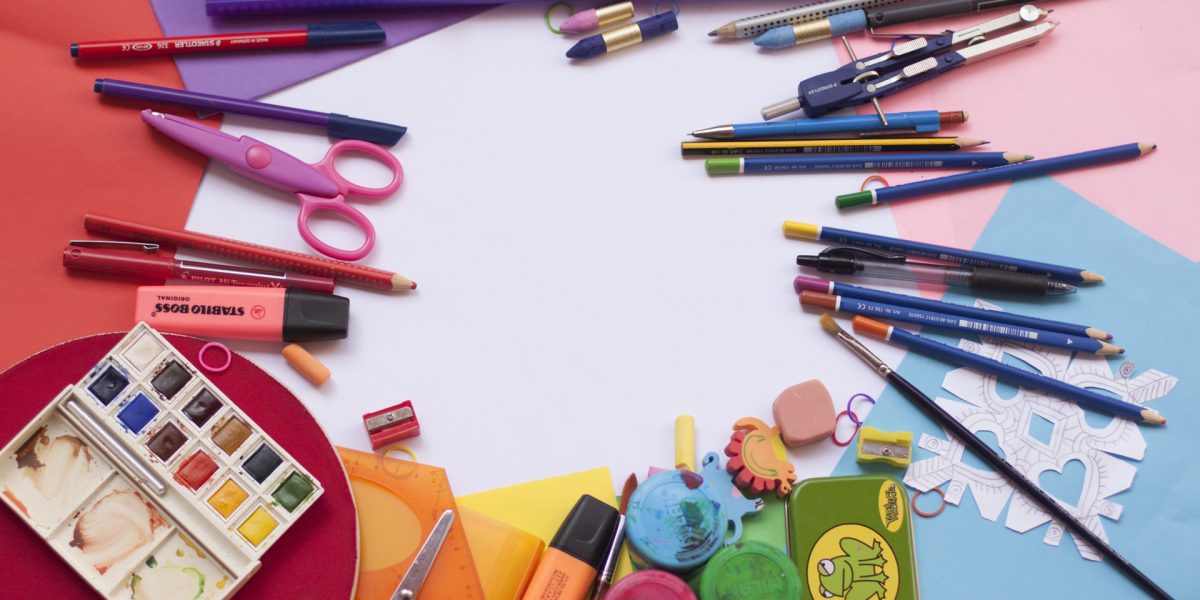School auctions represent a great opportunity for a variety of people to get involved at any level they are able.
For the teachers, their contribution can be to coordinate a class project that can be sold at the auction as an instant heirloom. What parent wouldn’t want a lasting memory of their child’s third-grade experience?
In this post, you’ll learn:
- Why class projects make effective auction items
- Guidelines and examples
- Revenue-enhancing tips
Let’s dive right in so you raise the most money this year with class projects.
Why Class Projects Make Effective Auction Items
If properly designed and constructed, a class project represents the best elements of the most desirable auction items:
- Unique
- Has strong emotional appeal
- Has a ‘‘priceless’’ quality (no perceived upper limit of bid expectation)
- Broad appeal across attendees
- Can (often) be sold more than once
Moreover, class projects get the entire school involved in the fundraiser.
Not only do class projects build school camaraderie (and friendly competition), but they also create hundreds of little marketers for your event.
Excited students will tell their parents about how their class project is progressing, reminding the parents of your event and building excitement.
Guidelines and Examples
Here are some basic guidelines to consider when creating a class project:
Handcrafted by Students
The item must be handcrafted by the students (with some adult supervision). Sentimental value and uniqueness trump functionality.
Student Representation
Each child’s contribution must be clearly represented in the final product. Include a legend if necessary to show which part of the project each child constructed, painted, or designed.
Many Colors
Use a variety of colors to appeal to the widest de´cor—a single color item may not fit a specific home and is too constraining.
Built to Last
Use quality construction materials. The item must literally last a lifetime.
Displayed, Not Stored
Avoid items that will not get displayed once purchased. For example, a long mural would be impractical and would likely be relegated to basement storage by the winning bidder.
Some Examples
The best class projects have both an emotional value and a practical value as well. Here are some examples of good class projects:
- Coffee tables
- Place settings, chargers, serving dishes or trays
- Toy boxes, craft boxes, or keepsake trunks
- Chess sets
- Display art or frames
- Quilts
- Planting workbench
- Patio tiles
Note that each of the above has a practical use that will allow the children’s art to be displayed, plus has the emotional impact of being a one-of-a-kind keepsake.
This combination helps the bidding process reach ridiculous heights—a very good thing for your auction!
Revenue-Enhancing Tips
Here are some additional ways to increase your income using class projects:
Sell Multiples
Have two of the same project built instead of one. It will allow each student to be more deeply involved in the project, and the auctioneer can sell the second one for the same price as the first.
Give Choices
Create a ‘‘choice’’ situation, such as pictures representing seasons. The high bidder gets to choose any of the seasons, or can have a number of seasons at that number times the bid, or all four for four times the bid. This really helps the bidding process!
Know Your Audience
Match the items to the anticipated audience. If only one or two people representing a class are expected to come to the auction, there will be little competition for the item. Focus on getting class projects for the classes that will have the largest attendance, if known.
Assign a Coordinator
Use a class project coordinator to work with the teachers. This person surveys the parent community to see what will sell, gets the raw materials, and collects the seed money to pay for them.
They then ‘‘leak’’ a few choice comments about how the project is coming together via email, Facebook, or word-of-mouth. This creates anticipation in advance of the auction!
Circulate Pictures
Get pictures taken before, during, and after the project is completed. Post the pictures on the school website, or circulate pictures of the projects under construction to build anticipation and desirability. Have a preview display of the items a few days before the auction or on your website, so potential bidders can start to bond with the item.
Choose the Best for the Live Auction
Include only the best of the projects in the Live Auction. If all of them make the Live Auction, the audience will soon lose interest, because they will have too many choices.
As a rule, only the parents of Mrs. Anderson’s second-grade class will be bidding on that particular class project, so don’t bore the rest of your audience with too many items that have, by their very nature, restricted interest.
The items not designated for the Live Auction will still sell well in a spirited Silent Auction or a ‘‘Mini Live’’ at the end of the Silent Auction.
Sequence Properly
Intersperse the projects throughout your Live Auction so that you retain a good mix of items and keep all your guests’ interest and attention, not just the parents bidding on class projects.
This post is adapted from The Big Book of Benefit Auctions by Jay R. Fiske and Corinne A Fiske.




